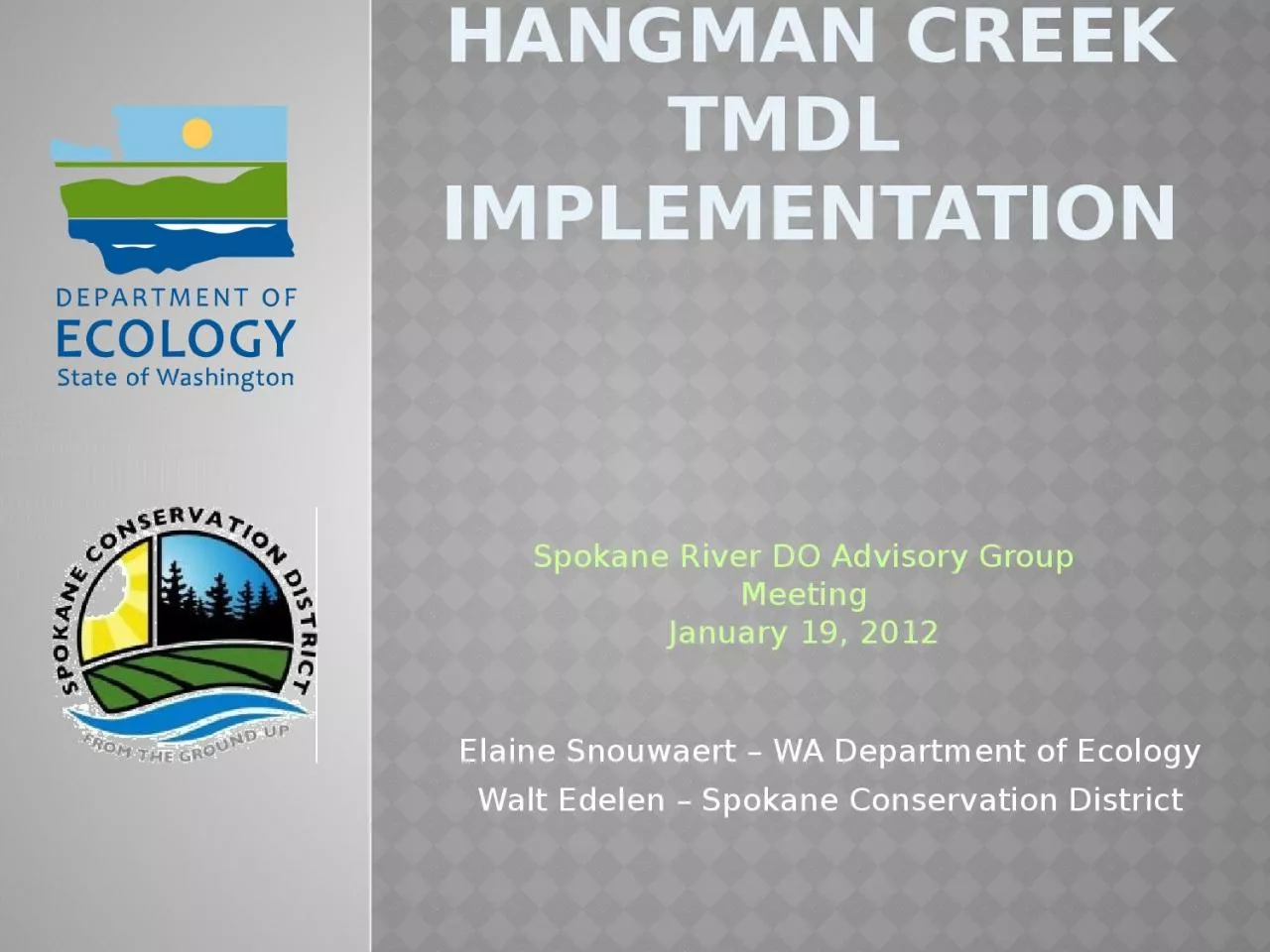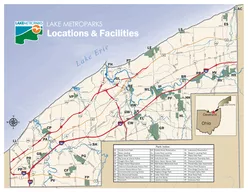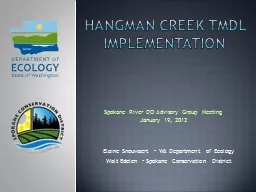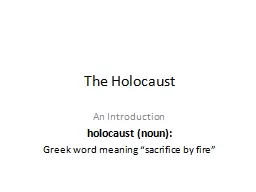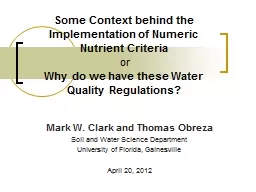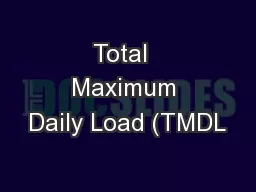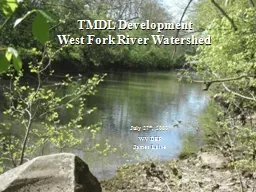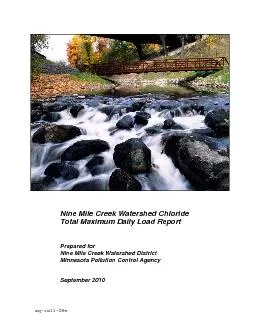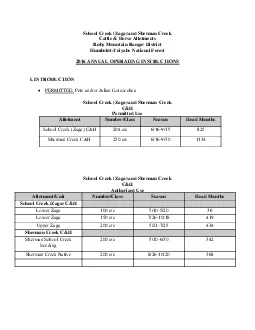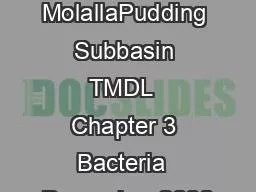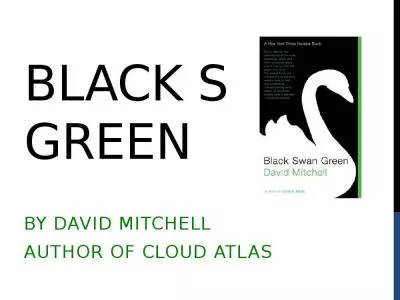PPT-Hangman Creek TMDL Implementation
Author : scarlett | Published Date : 2024-02-03
Elaine Snouwaert WA Department of Ecology Walt Edelen Spokane Conservation District Spokane River DO Advisory Group Meeting January 19 2012 Overview Ecology and
Presentation Embed Code
Download Presentation
Download Presentation The PPT/PDF document "Hangman Creek TMDL Implementation" is the property of its rightful owner. Permission is granted to download and print the materials on this website for personal, non-commercial use only, and to display it on your personal computer provided you do not modify the materials and that you retain all copyright notices contained in the materials. By downloading content from our website, you accept the terms of this agreement.
Hangman Creek TMDL Implementation: Transcript
Download Rules Of Document
"Hangman Creek TMDL Implementation"The content belongs to its owner. You may download and print it for personal use, without modification, and keep all copyright notices. By downloading, you agree to these terms.
Related Documents

